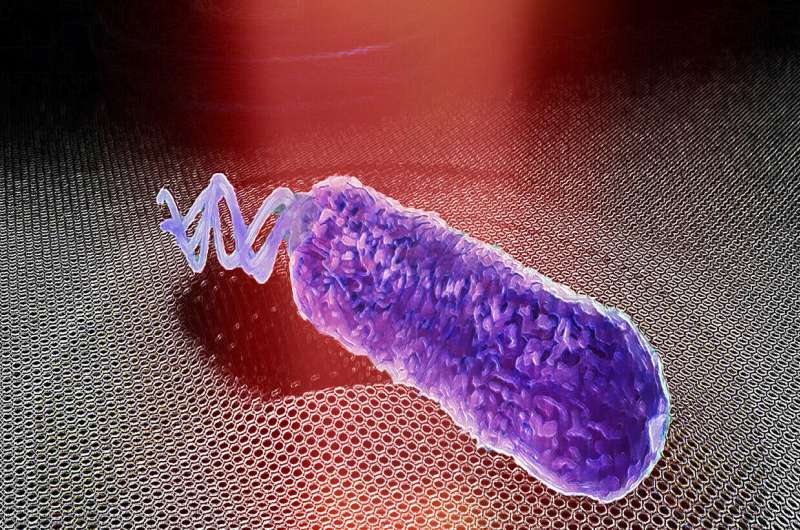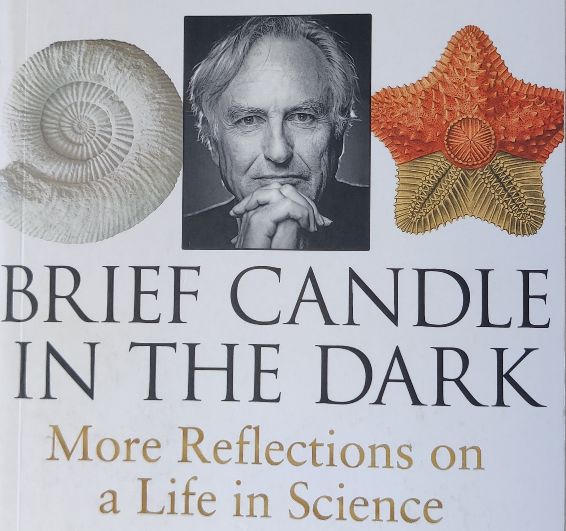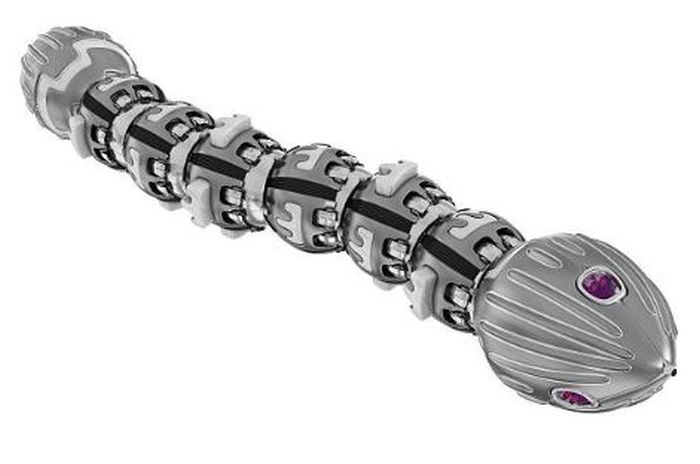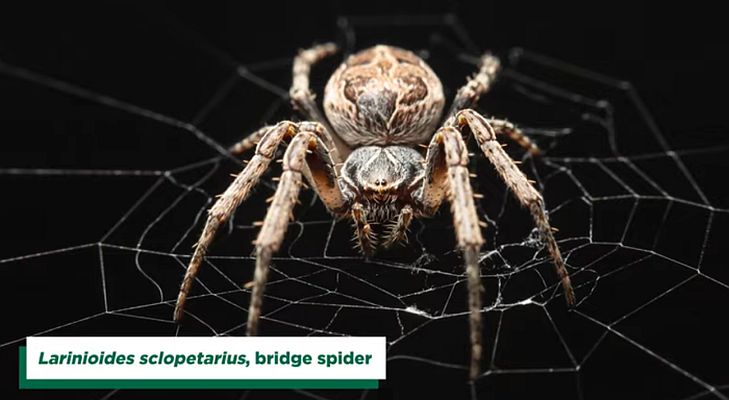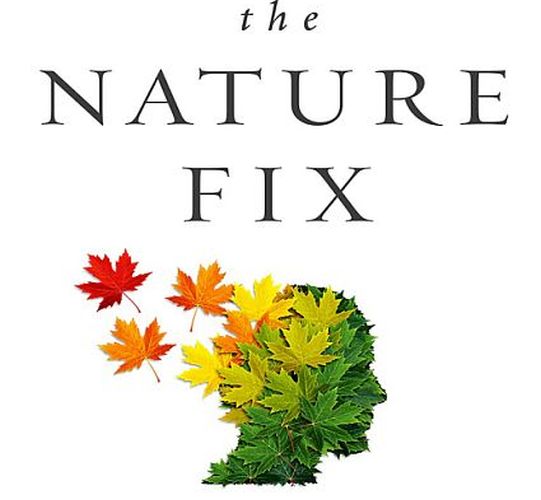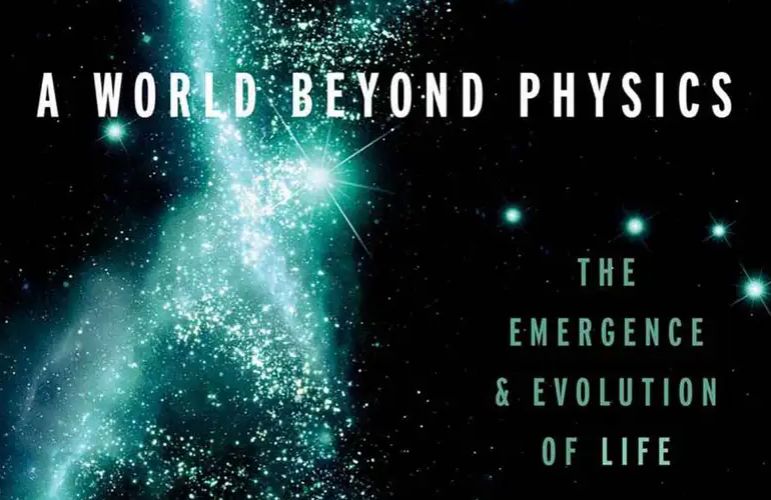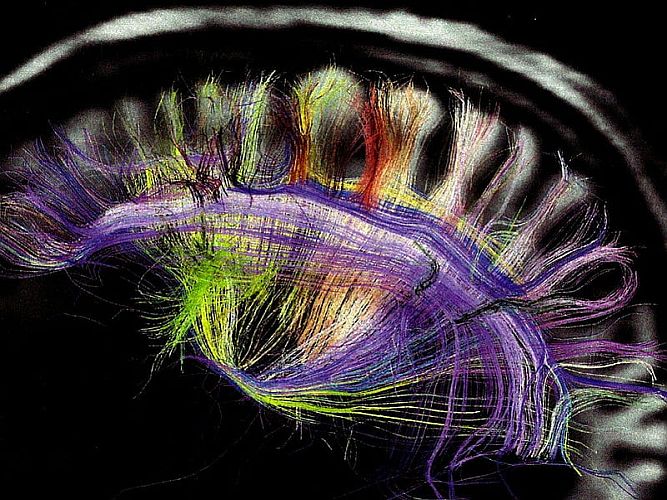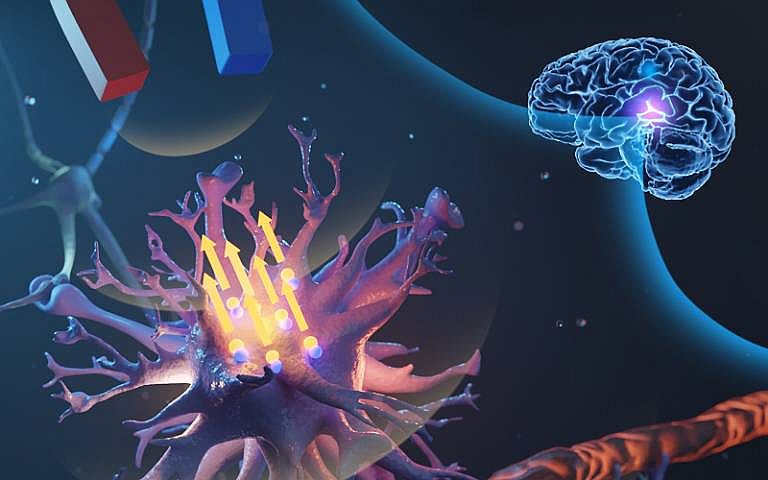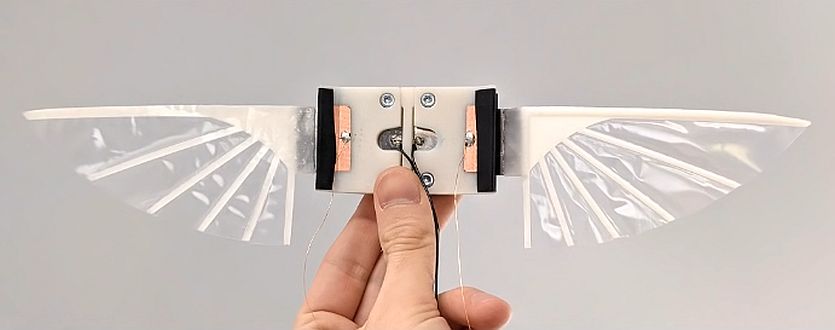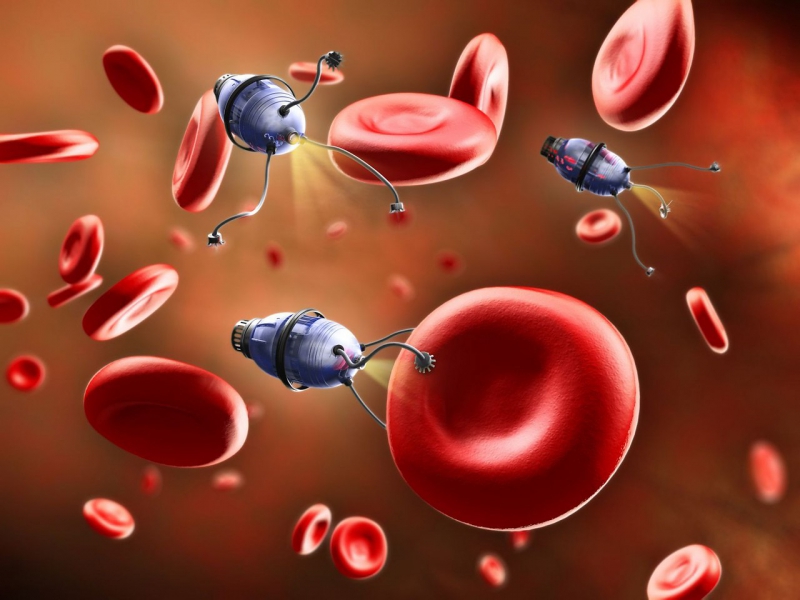Anything that vibrates, creates sound. This implies, microbes too must emit noise. Does this mean, we can also hear disease? Pathogenic bacteria mixed with other healthy microbe bacteria might sound in a certain way. So, if this technology is used for diagnostic purposes, we could we hear disease!
Read MoreYear: 2022
Two Neutron Stars could give Birth to a Third: Stellar Formation
An international team of astrophysics from Manly Astrophysics and Universidad de Murcia has proposed for a new type of exotic neutron star. According to astronomers Arthur Suvorov and Kostas Glampedakis, the novel neutron star could be the result of a super strong magnetic field that emanates during a collision between old neutron stars.
Read MoreBook Review: In His Own Words by Nelson Mandela
In His Own Words: From Freedom To The Future: Tributes And Speeches by Nelson Mandela is one of those books, which everyone must read once in their life time. Nelson Mandela was, indeed, a prolific writer as well as a gifted speaker. He became an epitome of freedom around the world after his South African history in 1994. I have always looked up to him for his patience, diligence and integrity.
Read MoreBook Review: Brief Candle in the Dark by Richard Dawkins
Brief Candle in the Dark: My Life in Science is the second volume of Richard Dawkins’ memoirs, first being An Appetite for Wonder: The Making of a Scientist. As expected, the autobiographical memoir is not a chronological tale, rather it is a series of anecdotes. In fact, Dawkins writes, “If you don’t like digressive anecdotes, you might find you’re reading the wrong book.”
Read MoreMagnetic Tentacle Robot for Autonomous Endoscopy: Soft Catheters
Magnetic tentacle robot, strange it may sound but researchers at STORM Lab at the University of Leeds have come up with a tiny canular form of robot that can explore the smallest bronchial tubes in the lungs. The nano tubiform bot measures around 2 millimetres in diameter. That happens to be two times the size of the tip of a ballpoint pen. The tentacle robot will be guided from the outside with the help of (external) magnets.
Read MoreSpiders Can Use Their Silk to Hear: Acoustic Properties of Webs
Researchers at Binghamton University, in collaboration with Cornell University, suggest that spiders use their webs to assist in their hearing mechanism. Distinguished Professor Ron Miles and doctoral student Junpeng Lai conducted the experiment at the Binghamton University anechoic chamber.
Read MoreBook Review: The Nature Fix by Florence Williams
The Nature Fix – Why Nature Makes Us Happier, Healthier, and More Creative by Florence Williams is a beautiful effort to investigate into nature’s restorative benefits on human brain.
Read MoreBook Review: A World Beyond Physics by Stuart A. Kauffman
Stuart Alan Kauffman is not only a complex-systems researcher but he is also a polymath, with a degree in medicine and training in biochemistry, genetics, physics, philosophy and other fields. Very deftly he roams across disciplinary boundaries looking for answers to the riddles that obsess him. In, A World Beyond Physics, he takes up the conundrum of life’s origin.
Read MoreMultiple Modes of Dendritic Integration in Single Neurons: Brain Computation
Dendrites, branch like extensions protruding from a single neuron, participate in computations and permutations to give a synchronized output to the neuron. Researchers at MIT have now demonstrated that not only different types of dendrites (of a single neuron) collect input from various regions of the brain, they also process that information in different customized ways.
Read MoreInsulation-free Magnet to Facilitate Development of Fusion Power Plant: Superconductors
Replicating fusion on earth is one of the things that scientists globally look forward to. Once they are able to reach a state through which fusion could be created, we might get virtually inexhaustible supply of power to generate electricity.
Read MoreManeuvering Brain Astrocytes via Magnetic Field: Magnetomechanical Stimulation
Researchers at University College London have discovered a new form of non-invasive therapy for neurological disorders. The technique called “magnetomechanical stimulation” (MMS) involves microscopic magnetic particles for remotely stimulating brain cells.
Read MoreBook Review: Parallel Worlds by Michio Kaku
Parallel Worlds: The Science of Alternative Universes and Our Future in the Cosmos by Michio Kaku is a pandora’s box of parallel worlds hovering around us all the time. This is my third read after Physics of The Future and The Future of Humanity from the same author.
Read MoreBook Review: The Emergent Multiverse by David Wallace
The Emergent Multiverse: Quantum Theory According to the Everett Interpretation is an effort on the part of David Wallace to vindicate Hugh Everett’s idea of many worlds. The concept of multiverse was initially taken seriously in philosophy than in physics. May be because in physics the idea came much later, that is, with the emergence of quantum mechanics.
Read MoreInsect sized Flying Robot with Flapping Wings: Micro air Vehicle
Researchers at the University of Bristol, U.K. have fabricated a flapping-wing microrobot that can produce more power than a similar-sized insect. The micro-air vehicle is a product of biomimicry, inspired from bees and other flying insects.
Read MoreLight controlled Organic Microswimmers: Semi Autonomous Microrobots
The idea that nanobots flowing through our blood streams to deliver localised medication or to detect any tumour formation is no more a far-fetched dream. A group of researchers from the Max Planck Institute for Intelligent Systems (MPI-IS) in collaboration with the Max Planck Institute for Solid State Research (MPI-FKF), have developed microswimmers that can navigate through biological fluids, areas that are otherwise difficult to access. Steering is done through external form of light energy.
Read More
